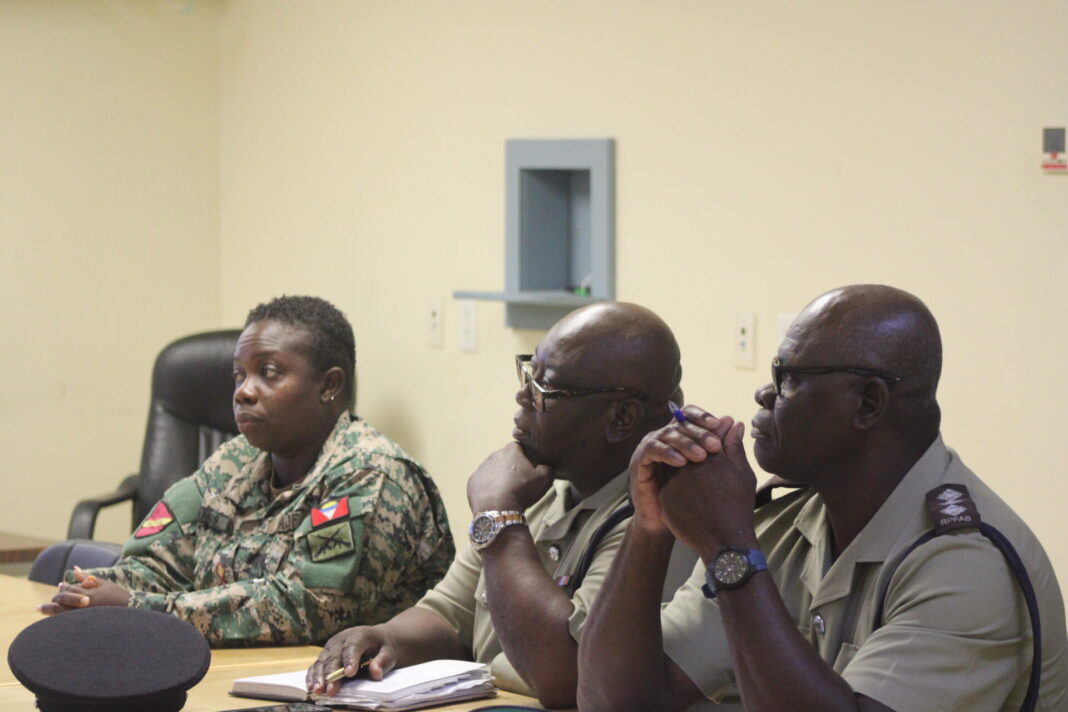Emergency response agencies across Antigua and Barbuda have shared their preparedness as the country enters the 2025 Atlantic Hurricane Season, with departments noting resource constraints and communication challenges.
During a roundtable meeting at the National Office of Disaster Services (NODS) on Monday, representatives from key agencies outlined their current readiness levels and identified areas needing improvement.
The roundtable meeting was part of NODS’ broader hurricane season preparation efforts, providing a platform for agencies to share readiness assessments and identify areas for improvement before any storm activity begins.
The Antigua Public Utilities Authority’s Water Business Unit reported that they are well prepared.
“We have developed pre-storm management and post-storm arrangements that take into context everything from water resources, fresh water resources, our treatment plants, our wells, and all of our facilities,” said Veronica Yearwood, Senior Hydrologist at the APUA Water Unit.
However, APUA’s Electricity Business Unit said that there are some ongoing challenges with vegetation management along power lines, as they ramp up efforts ahead of the hurricane season.



Andre Matthias, APUA Electricity Business Unit Manager said that securing permission from property owners to trim trees near power lines remains a persistent problem for the entity, with some residents resistant to the work despite safety concerns.
Matthias said that while legislation exists allowing for lines to be cleared, enforcement remained difficult.
He noted that property owners may not necessarily understand the importance of maintaining clearance around power lines.
Dr Lori-Ann Henry-Johnson, Health Disaster Coordinator in the Ministry of Health reported significant progress in disaster preparedness over the past three years, including the development of a National Health Sector Multi-Hazard Disaster Management Plan.
Dr Henry-Johnson reported that the ministry continued to conduct training sessions and maintain monthly senior technician meetings to ensure readiness across health facilities.
“We realize we cannot only prepare for hurricanes, we have to prepare for all disasters,” Dr Henry-Johnson said.
However, the Police Force highlighted some resource limitations, with communication emerging as a key concern across multiple agencies.
The Fire Department reported overall readiness to support various emergency scenarios, including airport operations and water rescue situations, but noted limitations in equipment and resources.
The department noted that while the E911 system provides interagency communication capabilities, the limited number of radios equipment available for allocation to all members within the police’s disaster response teams was noted as an issue.
During the discussion, officials emphasized the multi-hazard nature of modern storms, noting that traditional hurricane categories based on wind speed no longer adequately reflect the full range of dangers these systems pose.
“We have to understand these dynamics. No longer can we say a Category 5 is more dangerous. These categories are based on wind, but storms have multi-hazards embedded within,” explained Anderson Tuitt, NODS Disaster Preparedness and Response Manager who led the roundtable.




